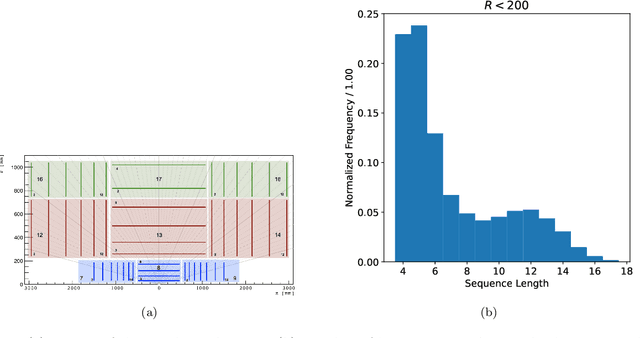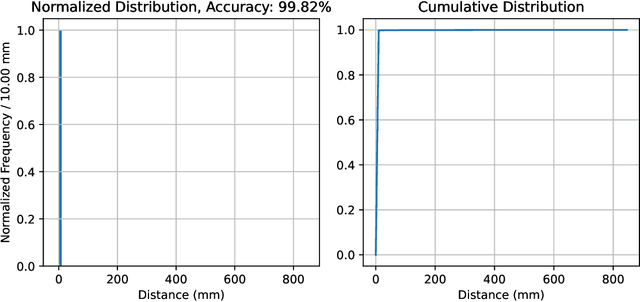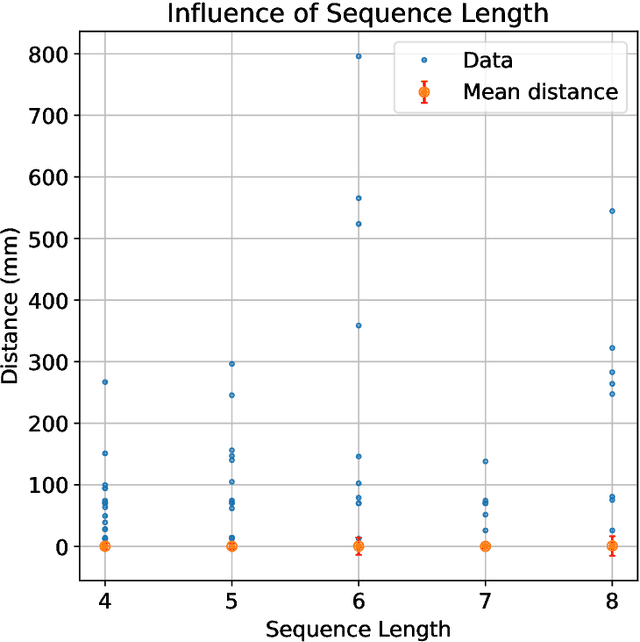Daniel Thomas Murnane
A Language Model for Particle Tracking
Feb 14, 2024



Abstract:Particle tracking is crucial for almost all physics analysis programs at the Large Hadron Collider. Deep learning models are pervasively used in particle tracking related tasks. However, the current practice is to design and train one deep learning model for one task with supervised learning techniques. The trained models work well for tasks they are trained on but show no or little generalization capabilities. We propose to unify these models with a language model. In this paper, we present a tokenized detector representation that allows us to train a BERT model for particle tracking. The trained BERT model, namely TrackingBERT, offers latent detector module embedding that can be used for other tasks. This work represents the first step towards developing a foundational model for particle detector understanding.
Hierarchical Graph Neural Networks for Particle Track Reconstruction
Mar 03, 2023



Abstract:We introduce a novel variant of GNN for particle tracking called Hierarchical Graph Neural Network (HGNN). The architecture creates a set of higher-level representations which correspond to tracks and assigns spacepoints to these tracks, allowing disconnected spacepoints to be assigned to the same track, as well as multiple tracks to share the same spacepoint. We propose a novel learnable pooling algorithm called GMPool to generate these higher-level representations called "super-nodes", as well as a new loss function designed for tracking problems and HGNN specifically. On a standard tracking problem, we show that, compared with previous ML-based tracking algorithms, the HGNN has better tracking efficiency performance, better robustness against inefficient input graphs, and better convergence compared with traditional GNNs.
 Add to Chrome
Add to Chrome Add to Firefox
Add to Firefox Add to Edge
Add to Edge